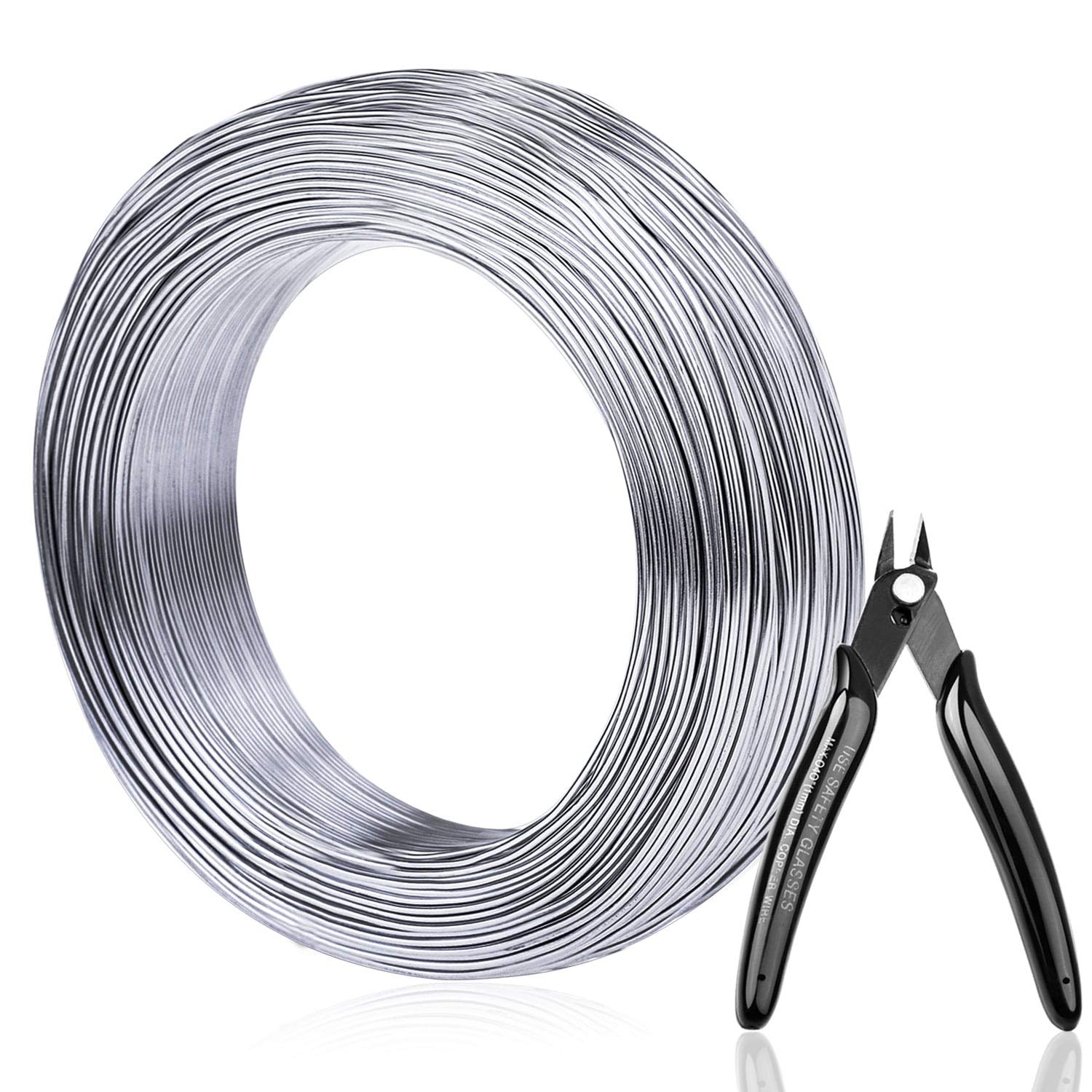mashroo3k Consulting offers a feasibility study for a nails and metal wires manufacturing factory project in Saudi Arabia, ensuring the highest profitability and the best payback period. This is achieved through detailed studies of the industrial sector in Saudi Arabia, analysis of local and international competitors’ strategies, and the provision of competitive pricing offers.

Product quality is the main factor in determining its competitiveness; therefore, mashroo3k company includes in the feasibility studies dedicated to the metal nails and wires factory project in Saudi Arabia according to the quality standards that must be available in the factory’s products, according to international and approved standards. This helps the product achieve the desired trust with users once it is launched in the Saudi and Arab markets. The factory targets many sectors such as: construction and building, furniture factories, and wood products of all kinds




Saudi Arabia has paved the way for development through its ambitious Vision 2030, which aims to diversify the economy, advance non-oil sectors, and increase the contribution of the private sector to the GDP. This goal cannot be achieved without the growth of industry and mining, as they serve as fundamental pillars of major economies. The Kingdom is committed to increasing their contribution to its GDP by approximately 15%.
When discussing the industrial sector in Saudi Arabia, it is essential to acknowledge that it is not a recent development but has deep roots dating back to the discovery of oil in the late 1930s. Over the decades, the Kingdom has spared no effort in advancing its industries. This commitment led to the establishment of the Industrial Development Fund (1974), the Royal Commission for Jubail and Yanbu (1975), and later, the Saudi Basic Industries Corporation (SABIC) in 1976. The contributions of these institutions and the programs they have implemented have played a crucial role in the growth and modernization of the industrial sector.
As a result of years of dedicated efforts, the number of factories in Saudi Arabia has now exceeded 10,000.
At Mashroo3k, we firmly believe in the importance of the industrial sector and its role in driving economic progress. Below, we present key industry indicators to provide potential investors with a clear and informed perspective
